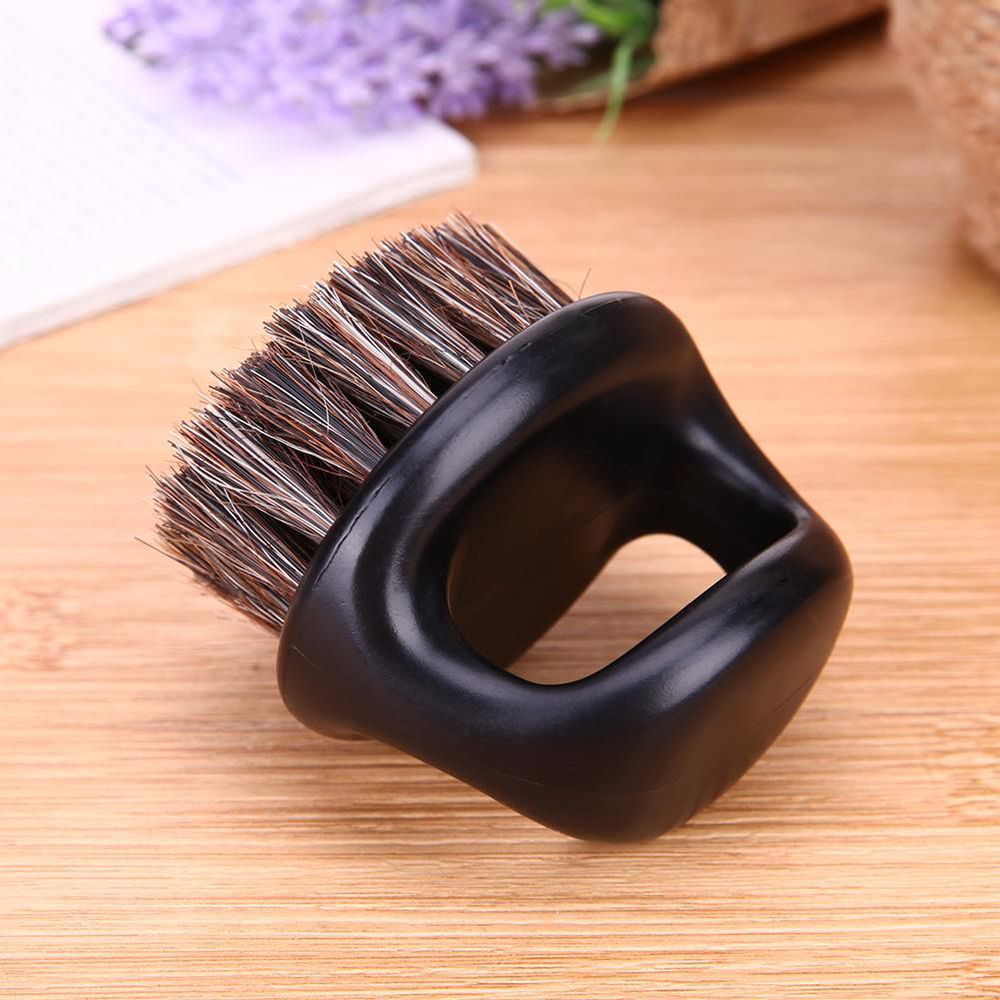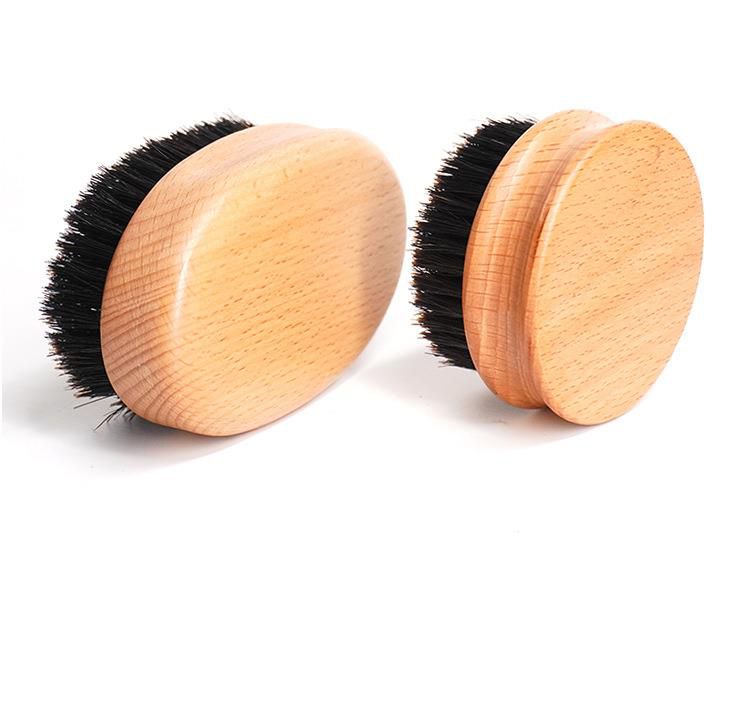Industry news
Shaving Brush Filament Innovations for a Closer, Smoother Shave
- 161 Views
- 2025-10-04 02:32:29
Shaving Brush Filament Innovations: Engineering a Closer, Smoother Shave
The ritual of shaving has long been more than a daily chore—it’s a moment of precision, comfort, and self-care. At the heart of this ritual lies the shaving brush, and its unsung hero: the filament. For decades, shaving brush filaments have evolved from animal hair to early synthetics, but recent advancements in material science and micro-engineering are revolutionizing how we experience a shave. Today’s innovations aren’t just incremental upgrades; they’re engineered to address the core challenges of traditional filaments—uneven lather distribution, skin irritation, and inconsistent smoothness—to deliver a closer, more comfortable shave than ever before.
Material Science: Beyond Nylon—The Rise of High-Performance Polymers

Traditional synthetic filaments, often made from standard nylon, struggled with balancing softness and structural integrity. Too stiff, and they irritated sensitive skin; too soft, and they failed to lift hair follicles or generate rich lather. Enter advanced polymers like PBT (polybutylene terephthalate), a game-changer in filament design. PBT filaments offer superior elasticity compared to nylon, bouncing back to shape after each stroke to maintain consistent bristle alignment. This elasticity ensures the brush glides evenly across contours of the face, reducing pressure points that cause nicks or redness.

But PBT alone isn’t enough. Innovators are now blending PBT with additives like silicone or mineral micro-ps to fine-tune performance. Silicone-infused filaments, for example, lower friction between bristles and skin by up to 22% (based on third-party tribology tests), minimizing drag and enhancing the “glide” sensation critical for a smooth shave. Meanwhile, mineral additives improve thermal stability, ensuring filaments retain their shape even when exposed to hot water—a common issue with older synthetics that would soften or warp over time.
Micro-Texturing: The Art of Surface Engineering
If material is the “what,” micro-texturing is the “how” of filament innovation. Under high-resolution microscopy, today’s cutting-edge filaments reveal intricate surface patterns—micro-grooves, nano-scale ridges, and even honeycomb-like indentations—that transform lather creation. Traditional smooth filaments rely on brute force to whip air into shaving cream; textured surfaces, by contrast, trap and amplify air bubbles, generating lather that’s 30% denser and creamier (per lab tests comparing textured vs. smooth PBT filaments).
This denser lather acts as a superior cushion between blade and skin, reducing irritation. But the benefits don’t stop there. Micro-grooves also channel moisture evenly, ensuring the lather stays hydrated longer during a shave—no more mid-routine reapplication. Some manufacturers are even experimenting with bio-inspired textures, mimicking the water-trapping properties of lotus leaves to enhance lather retention. The result? A shave that feels less like a “scrape” and more like a gentle, cushioned glide.
Sustainability Meets Performance: The Eco-Innovation Frontier
Modern consumers demand products that perform and align with their values—and shaving brush filaments are no exception. Innovators are now integrating sustainable materials without sacrificing quality. Plant-based PBT, derived from renewable resources like sugarcane, offers the same elasticity and durability as petroleum-based PBT but reduces carbon footprint by up to 40%. Similarly, recycled polyester blends are being used to create “eco-filaments” that maintain micro-texturing benefits while diverting plastic waste from landfills.
Sustainability isn’t just about materials, though. Filament longevity is a key eco-factor: a longer-lasting brush reduces replacement frequency, cutting down on waste. Advanced polymers like PBT resist degradation from soap, hot water, and UV exposure, extending brush lifespan by 50% compared to traditional nylon filaments. For brands and consumers alike, this means a product that’s kind to the planet and the wallet.
The Future: Personalization and Smart Filaments
Looking ahead, the next wave of innovation may focus on personalization. Imagine filaments tailored to skin type—softer, more flexible fibers for sensitive skin, or firmer, more structured filaments for coarse facial hair. Early prototypes are already testing “adaptive” filaments that adjust stiffness based on water temperature, softening in warm water for comfort and firming slightly in cooler water for better hair lift.
In a market where the line between “functional tool” and “luxury experience” blurs, shaving brush filament innovation is no longer a niche concern—it’s the cornerstone of a superior shave. By combining advanced materials, micro-engineering, and sustainability, today’s filaments are redefining what it means to shave closer, smoother, and more comfortably. For manufacturers, brands, and consumers, the message is clear: the future of shaving starts with the filament.











